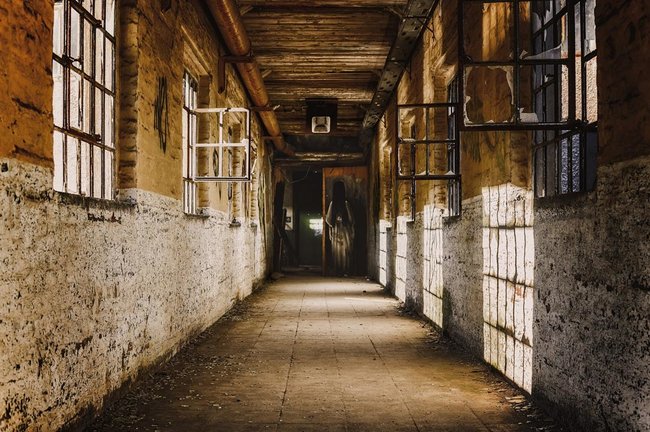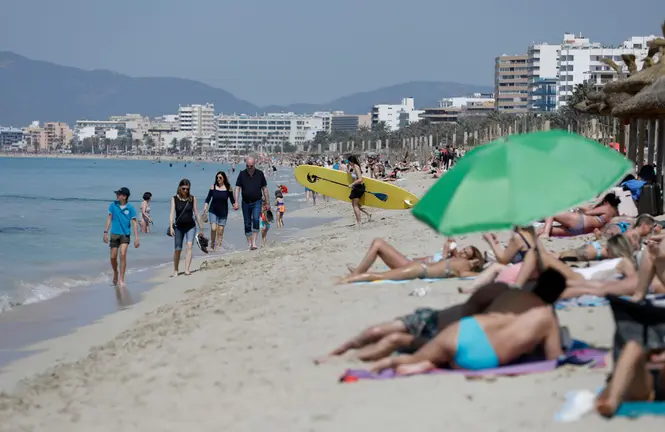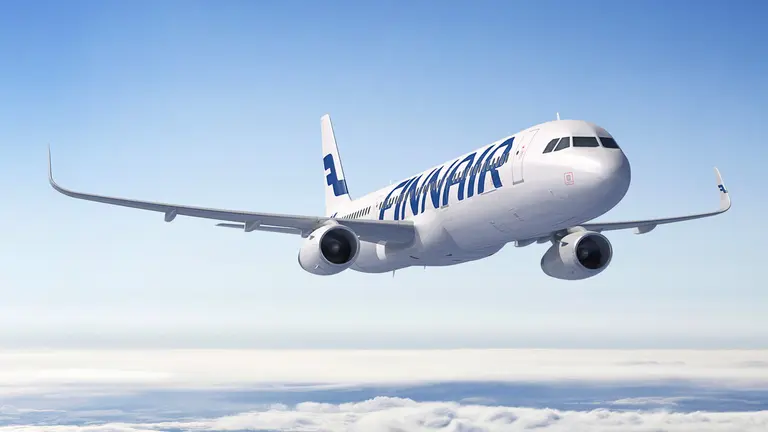Finland is strengthening protective measures against a possible second wave of coronavirus.
In its meeting on 6 August, the Finnish government decided to reinstate border control for traffic between Finland and the Netherlands, Belgium and Andorra. The decision will enter into force on Monday 10 August, the government said in a press release.
In practice, this means that travelers arriving from the Netherlands, Belgium and Andorra will have to self-isolate for two weeks after arriving in Finland.
The reason given by the authorities is that "the number of coronavirus cases in the Netherlands, Belgium and Andorra has taken an upward turn since the previous assessment."
Finnish government allows lifting restrictions on entry for traffic between Finland and countries where the incidence of Covid-19 has not exceeded eight new cases per 100,000 people in the previous 2 weeks.
Germany allowed, Sweden not yet
Alternatively, with regard to Schengen border traffic, the lifting of entry restrictions may be considered for countries with a maximum of 10 new cases of the disease per 100,000 people. But the lifted restrictions may be reinstated if the epidemic situation in a certain country deteriorates significantly.
Currently, the government considers that the use of the alternative limit value is justified in case of Germany and Denmark. "In these countries, the number of incidences is likely to have increased momentarily due to local clusters of the disease," the government explained.
The government also said the epidemic in Sweden "has developed in a positive direction." In this sense, authorities will consider easing the border restrictions with the neighbouring country "if the epidemiological situation allows."
Unrestricted destinations
Restrictions on Schengen border traffic have been lifted for traffic between Finland and Norway, Denmark, Iceland, Estonia, Latvia, Lithuania, Italy, Greece, Liechtenstein, Malta, Germany, Slovakia and Hungary. Insofar as internal border control continues, return traffic to Finland, commuting and other essential traffic will be allowed at internal borders.
On Monday 27 July, Finland reintroduced travel restrictions for Austria, Slovenia and Switzerland due to the increasing number of infections there.
Restrictions on external border traffic (non Schengen countries) have been lifted in Europe for Cyprus, Ireland, San Marino and the Vatican.
In addition, external border traffic is allowed with Georgia, Japan, New Zealand, Rwanda, South Korea, Thailand, Tunisia and Uruguay. The same applies to China, provided that reciprocity is confirmed.











